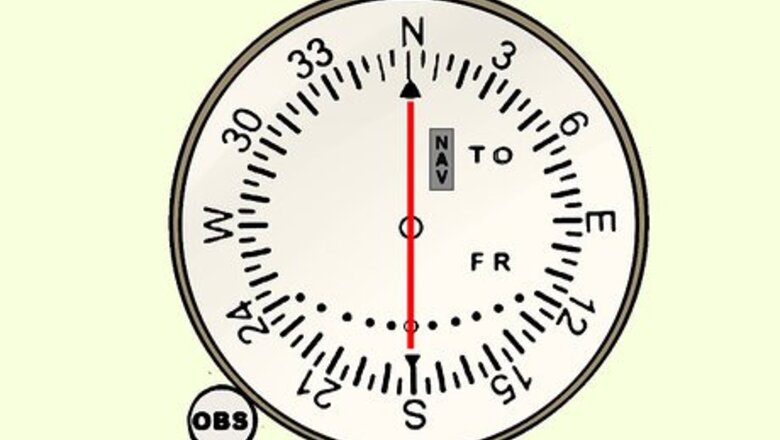
views
Steps
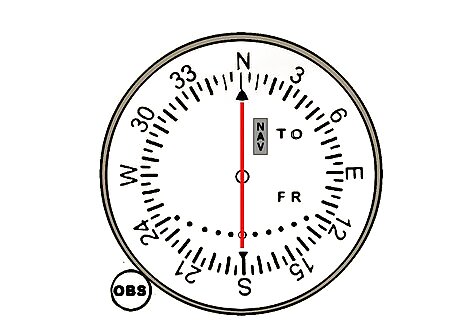
Tune and identify. Tune the VOR frequency in the navigation radio. It will be listed on VFR and IFR charts as well as instrument approaches if it is a part of the approach. Identify that you have the correct station and the signal is reliable by listening to the Morse code identifier. If you see a red “NAV” or “VOR” flag, barber pole, or OFF instead of a TO/FR indication, the signal is unreliable, you are overhead, or roughly 90º from the selected radial. The signal is unreliable when you cannot hear the Morse Code identifier. A red “GS” flag is not a VOR indication.
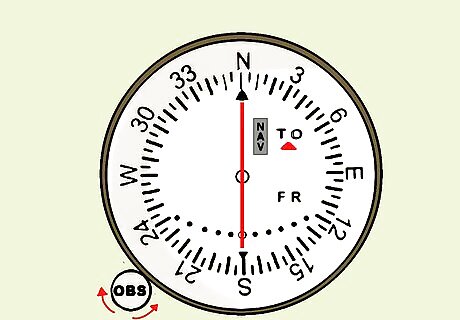
Get your bearing. Determine which radial you are on by turning the OBS (Omni Bearing Selector) knob until the CDI (Course Deviation Indicator) needle is centered and you have a FROM indication. Looking at the picture above, you can see that the needle is centered and the instrument gives a FROM indication (as a small white triangle is showing and pointing down); so the aircraft is on the 254 degree radial. It doesn't matter what the heading of the aircraft is; it is located somewhere along a line 254° from the VOR station. In order to fly to the VOR station, you would first twist the OBS knob until the needle is centered and the white triangle appears, next to the "TO" designator (in the opposite direction, or up, from the "FR" designator). Note that this will be 074 degrees, exactly 180° from the current radial. Now turn the aircraft to this new heading and keep the needle centered -- this will take you to the VOR station.
Intercepting a Course
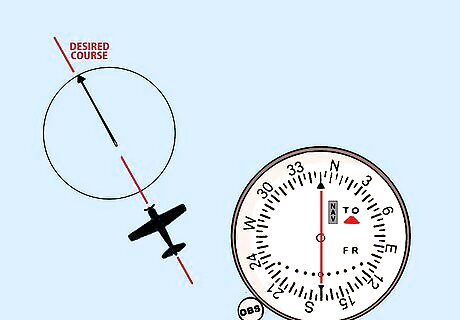
Fly the direction of the desired radial. You can find the direction of an airway on either a VFR or IFR chart. Set the radial's direction into the OBS and turn the aircraft to fly that heading. Once established on the heading, note the position of the CDI. If it is to the right, your radial is to the right. Likewise, if it is left, the radial is left.

Intercept the course. Turn 30 degrees in the direction of the CDI to intercept the course. Although 30° is most common and easy to use, you can use any intercept angle. For instance, if you are far enough from the desired course, it may take more than 30° to intercept the course before reaching your destination.

Track the radial. As the CDI moves close to the center, turn your heading to match the radial. Keep the needle centered to stay on the radial. If the needle starts drifting left, turn left to get back on course. Tracking inbound (towards the station) and outbound (away from the station) radials is exactly the same, except you should get a TO indication when flying inbound and a FROM indication when flying outbound on a radial. (Aircraft heading opposite the direction of the radial will experience “reverse sensing” which is the CDI indicating right when the radial is to the left, and indicating left when the radial is to the right).
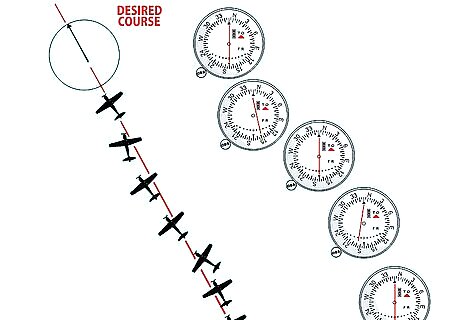
Adjust for wind. If you find yourself blown off the radial by the wind, note the amount of deflection, then intercept the radial by turning the aircraft towards the radial twice as many degrees as the deflection. When the needle centers, turn only halfway back to the original heading to provide a wind correction angle (WCA).
Identifying an Intersection
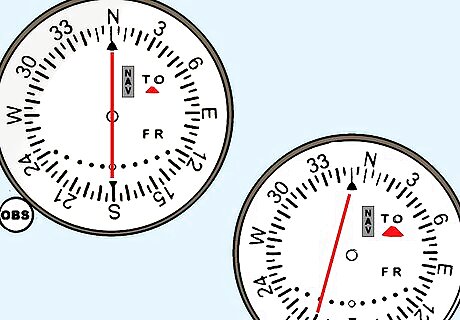
Tune and identify both VORs just as before. Two VOR receivers are best, but you can still identify an intersection with one VOR by switching the frequency and comparing the radials of both VORs.
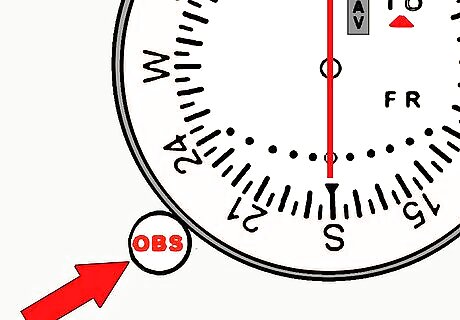
Set the OBS. Use the OBS to set the correct radials from each VOR. The radials will be displayed on VFR and IFR charts if they are Victor airways, but any two intersecting radials may be used. On VFR charts, the arrows identifying the intersection point to the VOR, while the arrows on an IFR chart point from the VOR toward the intersection.
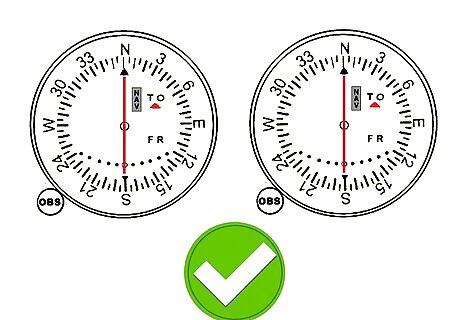
Wait for both CDI needles to center. While tracking the course on one VOR, watch the other VOR to see when the CDI centers. When both needles are centered, you are on the intersection. If DME equipped and using a VOR/DME or VORTAC, use DME to eliminate the need for a second VOR. While tracking the VOR radial, use the DME to find your distance from the station. DME distances will be displayed on IFR charts when it can be used to identify an intersection. For example, WARIC intersection is defined by the 238 radial from the VOR and the 21 nm DME fix.


















Comments
0 comment